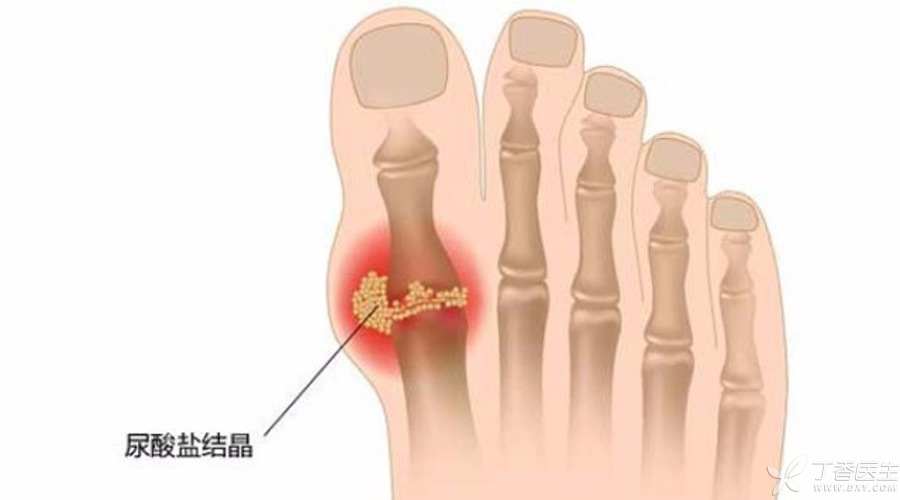
The development of gout can be roughly divided into four stages clinically. From asymptomatic uric acid increase to gout attack, to severe joint damage and kidney function damage.
At present, there are still many gout patients who do not pay enough attention to gout, believing that gout only causes unbearable joint pain when it breaks out, and there is no what harm when it does not break out. This idea is totally wrong.
Let’s understand the development process of gout step by step, and we can also preliminarily judge which period we belong to.
The first stage: hyperuricemia stage
In this period, the population did not show clinical symptoms of gout except for the increase of blood uric acid. Many cases were discovered by chance during physical examination.
You should understand that not all uric acid increases will develop gout. About one in ten hyperuricemia patients will eventually develop gout.
However, don’t take any chances and ignore the harm of high uric acid. Persistent hyperuricemia will greatly increase the risk of gout.
The second stage: early gout
Continuous increase in uric acid can lead to sudden onset of acute gouty arthritis. The most typical cases of gouty attacks are as follows:
- Seizure time
The vast majority of people wake up with a start after suffering from pain like being cut by a knife in their sleep.
- Involved site
The first affected part is often the big toe.
- Typical symptom
The joints are red and swollen, hot and swollen, and cannot be touched or even covered with quilts. Even if the wind blows slightly or the toes are moved, they will immediately feel terrible pain.
- Duration
The pain lasts as little as a few days and as much as a few weeks.
During the remission period, the patient looks no different from the normal person. In fact, uric acid crystals continue to make mistakes in the body. Over time, the joints will become swollen and stiff, difficult to bend and straighten.
The third stage: middle stage of gout
At the beginning of gout, only one joint is often involved, and this [unlucky] joint is usually the thumb joint of the foot.
Slowly, the pain will gradually spread to fingers, other toes, wrists, ankles, knees and other joints of the whole body, and then the surrounding soft tissues and bones will also be damaged and dysfunctional to varying degrees.

Uric acid crystals continue to deposit, slowly forming stone-like [gout nodules].
The appearance of gout nodules is a warning signal for the disease to enter a serious state.
If [gout nodules] have occurred, the first problem to be considered is not that the junction energy saving cannot be removed by surgery, but that one should go to a specialized department (rheumatology department or endocrinology department) of a regular hospital as soon as possible and carry out regular treatment according to uric acid level.
The fourth stage: late gout
The joint deformity of the patient is becoming more and more serious, gout nodules appear in more parts of the body, the volume is increasing, and white urate crystals are easy to break and flow out.
Due to permanent deformity of joints, dysfunction is caused, which affects daily study, work and life and brings great physical and mental pain to patients.
In addition, urate will continue to deposit into the kidney to form kidney stones.
The following situations may occur clinically:
- Edema of lower limbs; Oligouria, proteinuria and nocturia are increased. Hypertension; Anemia, etc.
If the above symptoms occur, it may indicate that gout is gradually damaging renal function. At this time, if it is not taken seriously, the disease is likely to develop further and even lead to renal failure that is not easy to reverse, thus endangering life.
